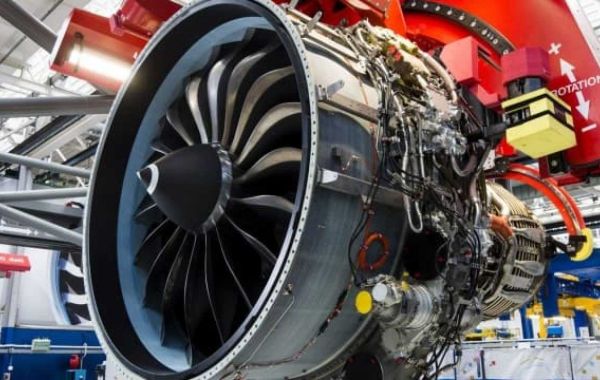Absolutely! Here are some key design considerations to keep in mind when designing small brass parts for CNC machining:
Part Size and Complexity
- Minimum Feature Size: CNC machining excels at creating precise features, but there are limitations, especially for very small parts. Tiny details or holes might be difficult or impossible to machine due to tool size and reach limitations.
- Wall Thickness:Extremely thin walls are risky. Machining forces can cause thin brass sections to bend or break. Maintaining a minimum wall thickness appropriate for the part size and function is crucial.
- Internal Features:Deep cavities or intricate internal features can pose challenges. Tool reach and chip evacuation become trickier. Consider simplifying internal geometries if possible.
Machinability and Material Selection
- Brass Alloy Selection:As discussed earlier, different brass alloys offer varying machinability characteristics. Choose a brass type that balances your needs for machinability, strength, and corrosion resistance. For small parts, good machinability (like C360) is often preferred to minimize tool wear and production issues.
Design for Manufacturability (DFM)
- Tool Access and Clearance: Design features to allow for proper tool access and clearance during machining. This might involve incorporating chamfers or fillets on corners to avoid tool collisions.
- Toolpath Efficiency:Minimize sudden toolpath changes or sharp corners. This can reduce machining time and stress on the tools. Consider incorporating smoother transitions and rounded features where feasible.
- Tooling Limitations: Certain tool shapes might limit what can be achieved. Understanding common CNC machining tool geometries can help you design features that are realistic to manufacture.
Additional Considerations
- Draft Angles:Adding slight draft angles (taper) to features like internal walls can aid in part removal from the mold after machining and improve surface finish.
- Surface Finish Requirements: Specify the desired surface finish (roughness) on your design. Achieving a super smooth finish might require additional post-processing steps, impacting cost.
By following these design considerations and collaborating with your CNC machining partner, you can ensure your small brass parts are successfully produced, meet your functional requirements, and achieve the desired aesthetics.








